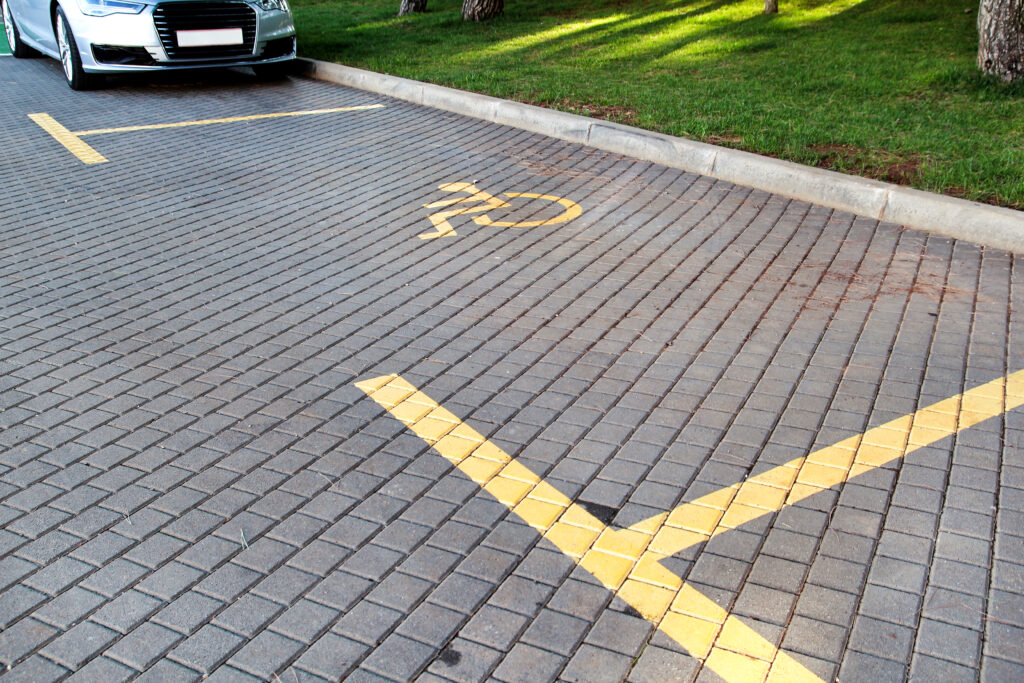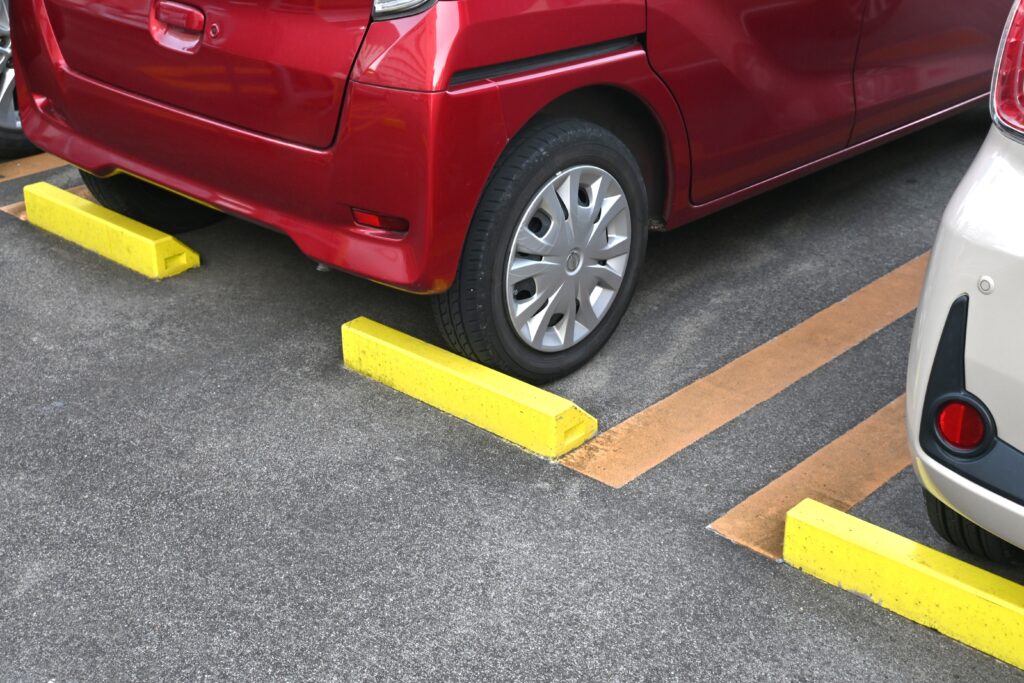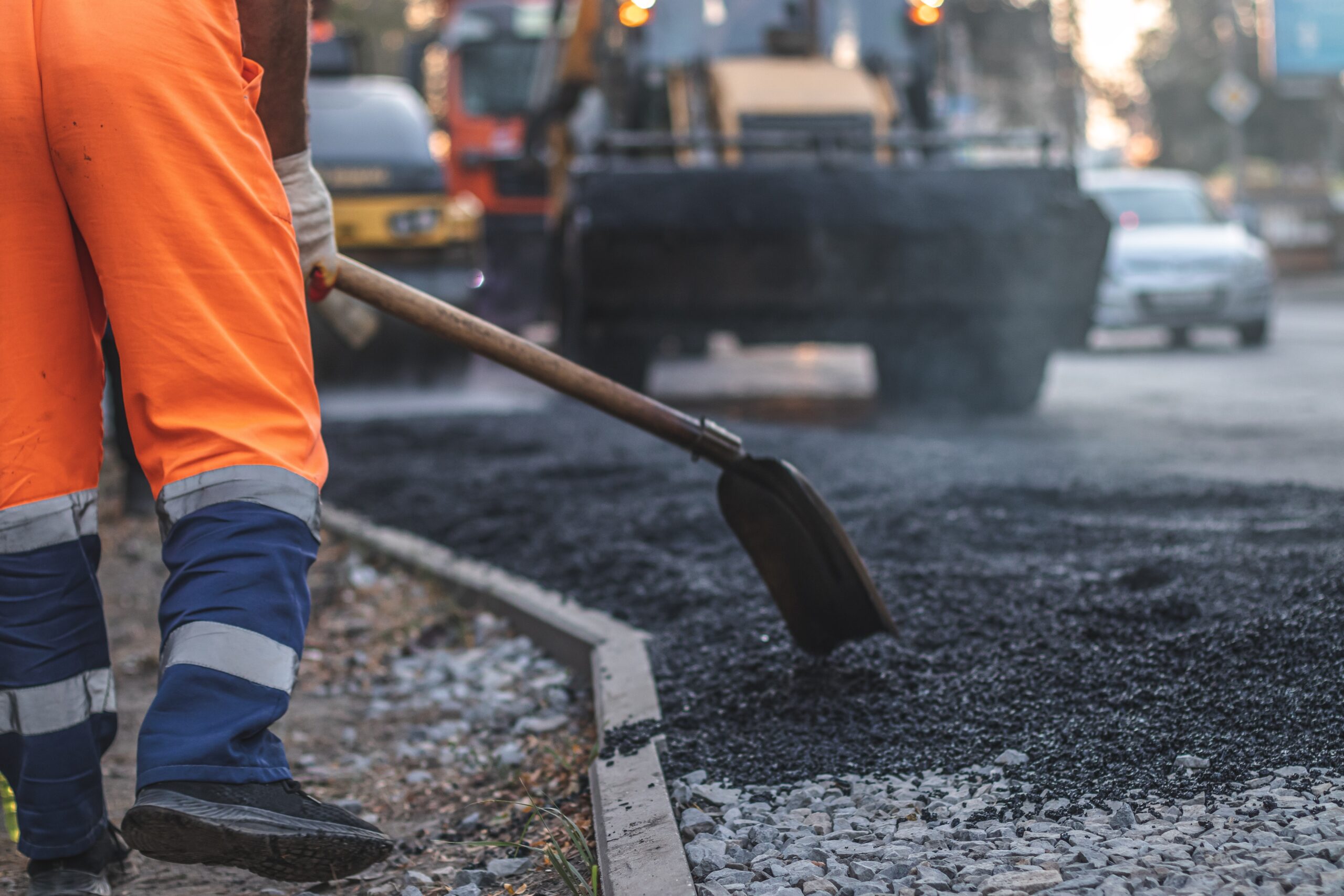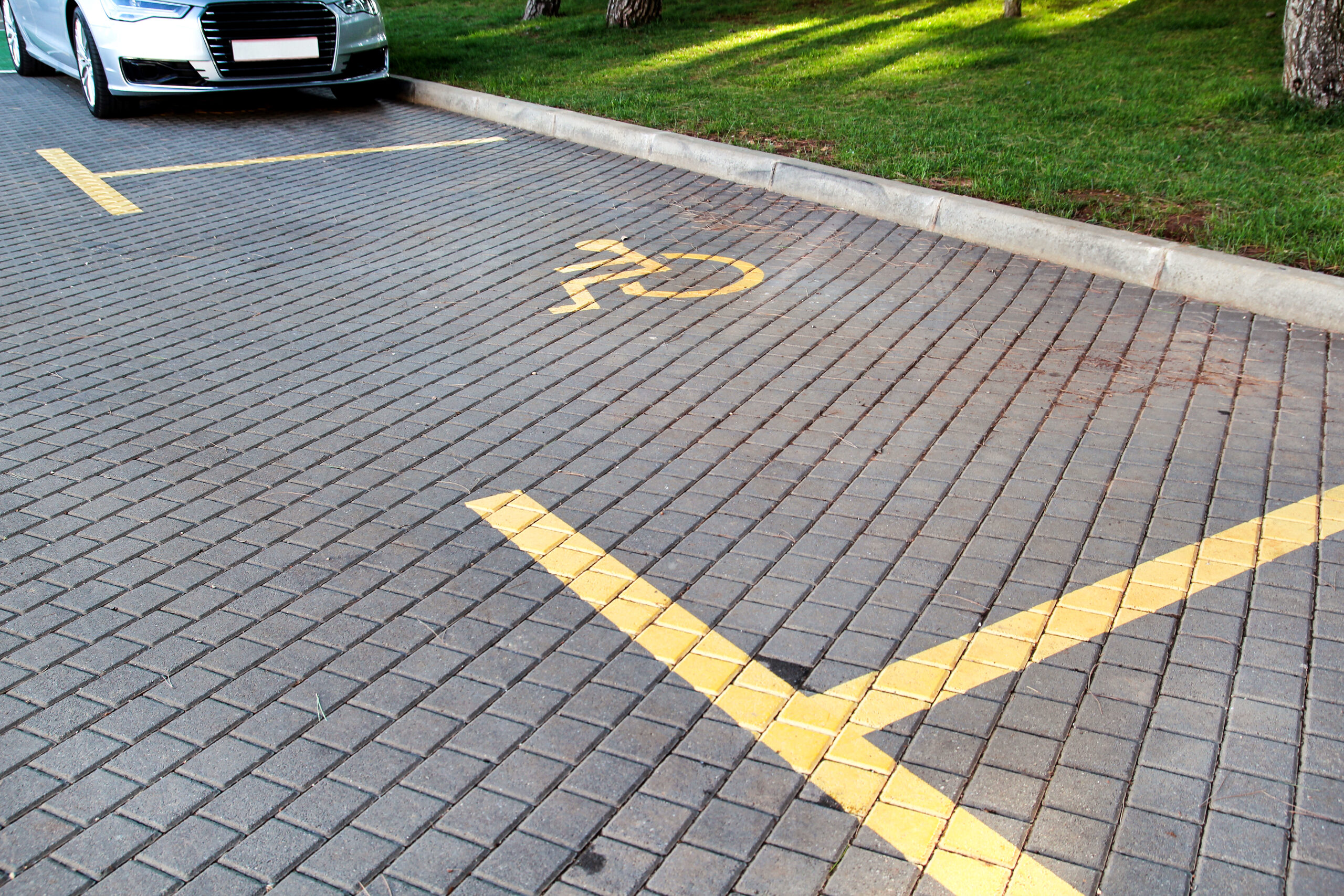
In Colorado Springs, a visitor’s first impression often happens before they step inside a building, when they pull into the parking lot. A smooth, well‑lined, clean surface communicates professionalism, care and safety. In contrast, cracked asphalt, faded markings, or potholes suggest neglect, which can reduce curb appeal and signal to customers and tenants that the property may not be fully maintained. According to a study on retail properties, exterior appearance features, including parking area condition, are positively associated with sale‑price outcomes.
The local climate intensifies these effects. With repeated freeze‑thaw cycles, high‑altitude UV exposure and sporadic heavy snow, pavement undergoes greater stress here than in many other regions. Preventive maintenance isn’t just a visual upgrade, it’s a strategic investment.
This guide explores how to implement effective maintenance strategies, consider cost implications, address climate challenges and select professional services that keep a parking lot in top condition.
Why Parking Lot Maintenance Matters for Curb Appeal
Maintaining a parking lot is not merely cosmetic; it directly impacts safety, cost-efficiency, and property value. Well-maintained lots reduce accidents, prolong pavement life, and improve customer experience.
Enhanced Aesthetics Create Positive Impressions
A visually appealing parking lot creates an immediate sense of quality and professionalism.
- A clean, well-maintained parking lot communicates professionalism.
- Faded striping, cracks, and debris convey neglect and reduce perceived property value.
- Regular sweeping, sealcoating, and line repainting maintain visual appeal.
Safety and Liability Prevention
Proper maintenance reduces hazards that can lead to accidents or liability issues.
- Potholes, uneven surfaces, and debris increase accident risk.
- Proactive maintenance reduces potential lawsuits and insurance claims.
- Proper lighting, striping, and signage also contribute to safety.
Extending Pavement Lifespan
Routine care significantly prolongs the functional life of the pavement.
- Crack sealing prevents water infiltration, reducing freeze-thaw damage.
- Sealcoating protects asphalt from UV degradation.
- Studies show maintenance can extend pavement life by 20–30 years.
Cost-Efficiency and Return on Investment
Preventive measures save significant money compared to reactive repairs.
- Preventive maintenance costs ($0.10–$0.50 per sq. ft.) are lower than major repairs ($2–$5 per sq. ft.).
- Regular maintenance reduces overall lifecycle costs and preserves curb appeal.Understanding why parking lot maintenance saves money is critical for any property owner.
How does regular maintenance affect the lifespan of a parking lot in Colorado Springs?
Proactive maintenance can extend a parking lot’s life by 20–30 years, preventing costly repairs and maintaining aesthetic appeal.
Understanding these benefits is critical, but Colorado Springs’ climate introduces specific challenges that must be addressed.
Colorado Springs Climate Challenges Affecting Parking Lots

Colorado Springs’ climate exerts significant stress on pavement surfaces, necessitating specialized maintenance.
Freeze-Thaw Cycles
Repeated freezing and thawing cause water to expand within cracks, weakening pavement over time.
- Water infiltrates cracks and expands when frozen, worsening damage.
- Untreated cracks can propagate rapidly, forming potholes.
- Preventative crack sealing is essential.
UV Exposure and Oxidation
High-altitude UV rays accelerate asphalt aging and brittleness, requiring protective measures.
- Sealcoating every 2–3 years protects the asphalt binder.
- Reduces cracking and extends pavement service life.
Snow and Ice Management
Snow removal and deicing can physically damage asphalt if not managed carefully.
- Plowing can cause physical surface damage.
- Salt and chemical deicers accelerate surface erosion.
- Post-winter inspections and timely sealcoating mitigate damage.
With these environmental factors in mind, property managers can implement essential maintenance practices to preserve both appearance and structural integrity.
Essential Parking Lot Maintenance Practices for Longevity
Structured maintenance addresses both preventative care and repairs, ensuring safety, durability, and curb appeal.
Crack Sealing: First Line of Defense
Sealing cracks promptly prevents small defects from becoming major structural issues.
- Seals cracks larger than 1/8 inch to prevent water infiltration.
- Stops freeze-thaw damage and pothole formation.
- Hot-applied or cold-applied sealants are recommended.
Sealcoating: Environmental Protection
Applying a sealcoat forms a barrier against UV, water, and chemical damage.
- Protects asphalt from UV rays, oxidation, water, and chemicals.
- Recommended every 2–3 years in Colorado Springs’ high UV environment.
Sweeping and Cleaning
Regular cleaning prevents debris from accelerating wear.
- Removes debris that traps moisture and accelerates deterioration.
- Improves aesthetics and prevents clogging of drainage systems.
- Recommended at least monthly for commercial lots.
Line Striping and Markings
Proper markings maintain order, safety, and compliance.
- Maintains clear traffic flow and parking organization.
- Ensures compliance with local safety regulations.
- Faded markings should be repainted annually.
Implementing these practices lays the foundation for long-lasting parking lots. Part 2 will cover inspection routines, cost analysis, professional services, and conclusion, completing the full strategy for maximum curb appeal.
How Regular Inspections Extend Your Parking Lot’s Lifespan
Routine inspections play a key role in keeping a parking lot in top condition and preventing small issues from turning into costly repairs.
Visual and Structural Assessments
A thorough visual and structural assessment allows you to spot problems early and prioritize repairs. Focus on:
- Cracks, potholes, or water pooling that can lead to deeper damage.
- Uneven surfaces, depressions, or edge failures that may compromise safety or drainage.
- Faded striping, worn markings, or damaged signage that affect appearance and functionality.
These inspections help ensure maintenance is targeted, effective, and prevents accelerated deterioration caused by Colorado’s freeze-thaw cycles and UV exposure.
Scheduling and Documentation
Consistency is crucial for long-term maintenance:
- Conduct inspections at least twice a year, ideally in spring and fall, when weather conditions are stable.
- Record all findings and schedule maintenance promptly to avoid escalation.
- Use digital logs to track repair history, recurring issues, and budget allocations.
By combining systematic inspections with careful documentation, property owners can plan maintenance efficiently, reduce emergency repair costs, and extend the lifespan of their parking lot while preserving its safety, appearance, and functionality.
Cost Analysis and Budget Planning for Parking Lot Maintenance
Proactive maintenance offers significant financial advantages over reactive repairs. According to studies, each dollar spent on preventative care can save $6–$10 in future repair costs.
Cost of Neglect
Understanding the financial consequences of inaction highlights the importance of preventive care.
- Potholes, extensive cracking, and surface failures require major overlays.
- Emergency repairs often include traffic control, labor, and material surcharges.
- Extended downtime affects customer accessibility and satisfaction.
Return on Investment (ROI)
Understanding ROI helps justify investment in preventative maintenance.
- Regular maintenance can extend asphalt life by 8–15 years.
- Preventive maintenance reduces total lifecycle cost by up to 50%.
- Proper budgeting ensures consistent upkeep and sustained curb appeal.
After budget planning, hiring professional services ensures proper execution and compliance with local regulations.
Benefits of Hiring Parking Lot Maintenance Professionals Near You

Professional contractors bring expertise, equipment, and local knowledge that DIY efforts cannot match. According to the Pavement Management Report for Riverside County, delaying maintenance even slightly can escalate repair costs by 4 to 5 times when pavement condition falls below acceptable thresholds.
Climate-Specific Expertise
Professionals provide targeted solutions tailored to Colorado Springs’ environmental conditions.
- Understand freeze-thaw challenges, UV exposure, and snow removal impacts.
- Select appropriate sealants, crack fillers, and striping materials.
Equipment and Material Access
Access to professional-grade equipment improves quality and durability.
- Commercial-grade sealcoating machines and line striping equipment.
- High-grade asphalt and sealants for extended longevity.
Regulatory Compliance
Local expertise ensures all work meets city requirements.
- Adheres to line striping, signage, and drainage standards.
- Minimizes risk of violations, fines, or rework.
Combining professional services with structured maintenance practices maximizes curb appeal, safety, and long-term investment value.
Investing in Parking Lot Maintenance for Lasting Curb Appeal
A well-maintained parking lot is both a luxury and a necessity in Colorado Springs. Proactive maintenance, regular inspections, and professional care not only enhance visual appeal but also reflect a property’s long-term value and commitment to quality. Consistent upkeep extends pavement lifespan, reduces costly repairs by up to 50%, and ensures compliance with local safety and drainage standards.
Partnering with trusted experts like Asphalt Coatings Company ensures your pavement receives the precision and protection it deserves. Their tailored maintenance plans are designed to withstand Colorado Springs’ climate challenges while preserving both function and aesthetics.
Invest today to safeguard your pavement, elevate your property’s curb appeal, and create a lasting impression that adds value for years to come.
Frequently Asked Questions
What are the early signs that my parking lot needs maintenance?
Small cracks (hairline to ⅛-inch width), surface raveling, faded striping, and pooling water are key indicators. These issues often precede potholes or structural failures. Regular inspections help catch such signs early, before repair costs escalate.
How often should a parking lot undergo maintenance?
For Colorado Springs’ climate, a thorough inspection twice per year (spring and fall) is ideal. Sealcoating is generally needed every 2–3 years, and crack sealing should be done as soon as cracks appear to prevent further damage.
Can sealcoating fix structural damage?
No. Sealcoating protects the surface from UV, water, and chemicals but does not repair underlying structural issues or base failures. Large cracks, base failures, or deeply cracked surfaces require crack filling, patching, or resurfacing before applying sealcoat.
Is line striping necessary in all parking lots?
Yes, for safety, organization, and compliance. Clear striping defines traffic flow, parking spots, pedestrian zones, and ADA spaces. Faded striping can lead to confusion, improper parking, and potential liability.
Should I hire a contractor or handle maintenance myself?
You can manage basic tasks like sweeping and debris removal in-house, but specialized services such as sealcoating, crack repair, and resurfacing require professional equipment, knowledge of correct materials, and compliance with local codes. Improper DIY work can worsen damage.


